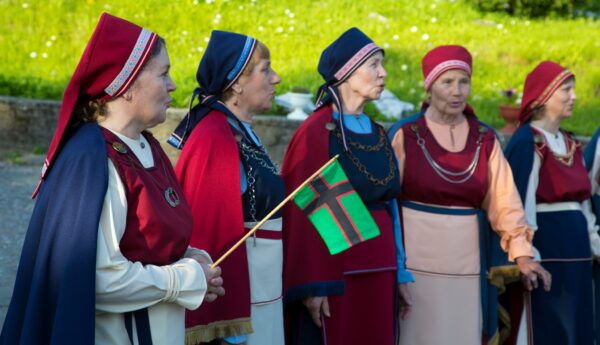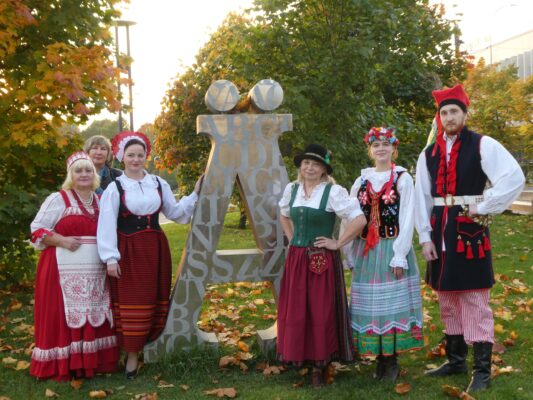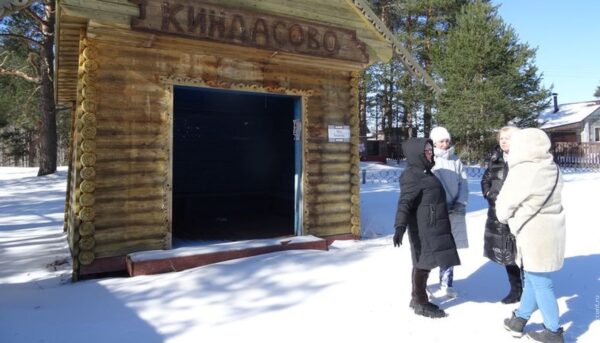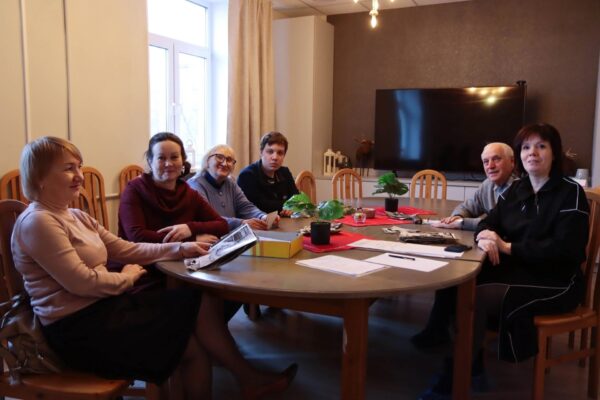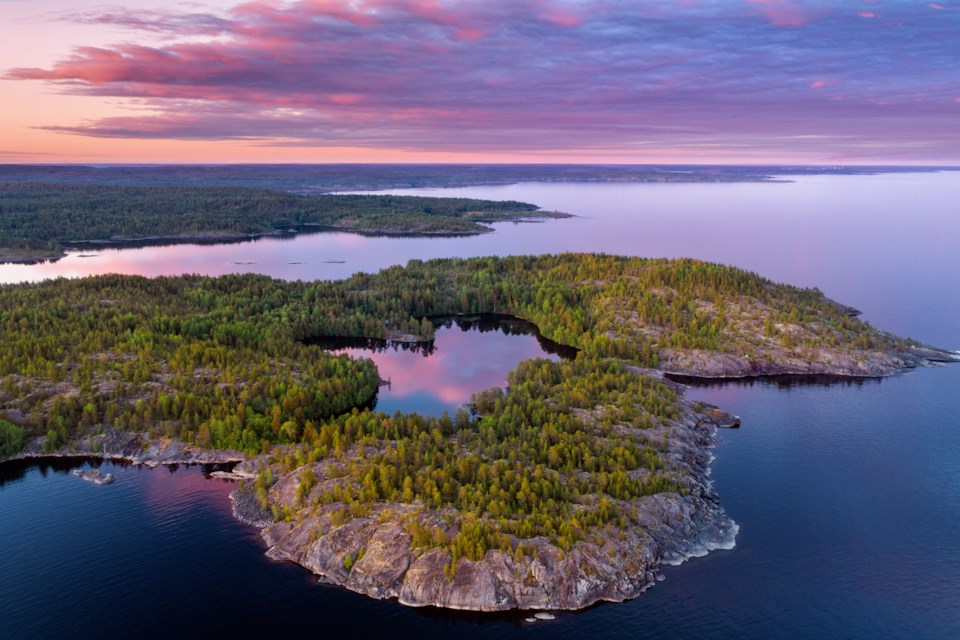
Karelians
Territory
Ancestors of the Karelians lived to the southwest of today’s Republic of Karelia, in the Karelian Isthmus between the Gulf of Finland and Lake Ladoga in Leningrad Oblast and to the north of it. This was the “Kirjalaland” of Scandinavian sagas and “Korela” of Russian chronicles.
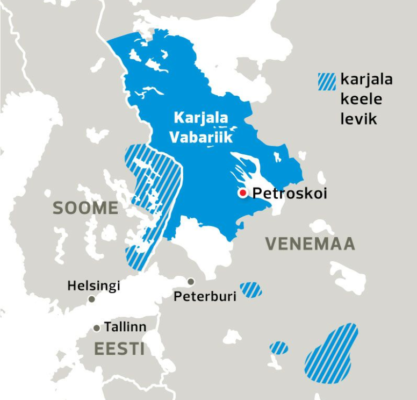
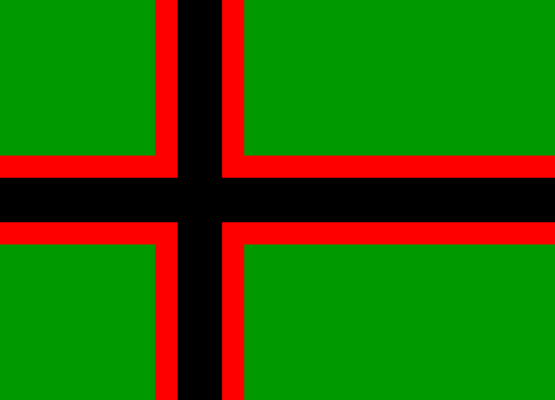
Due to its strategic location, the traditional Karelian territory has been the border between the West and the East. As a result, there is not one but three Karelias: Finnish Karelia, Russian Karelia and Tver Karelia.
Karelians live in the Republic of Karelia (of the Russian Federation), with Petrozavodsk as its capital. Karelians who either fled Swedish conquerors or were deported by them in the 17th century, resettled to Tver lands, thus forming an ethnic group of Tver Karelians. Until World War II, Karelians also lived in the former Finnish territories of Russia. Their descendants now live mostly in Finland and Sweden.
Population
The population of Karelians is declining at an alarming rate: according to the 2010 census, there were 60,815 Karelians, a 34.9% drop from 2002 (population of 93,444). In 1989, there were 124,921 Karelians. Thus, the Karelian population is rapidly declining, also due to Russification and negative birth rates. The decline in the Tver Karelian population has been especially fast: while 23,169 Karelians lived in Tver Oblast in 1989, in 2002, this figure was 14,633 and in 2010 just 7,394, amounting to a 68% decline within 21 years.
The number of Karelian speakers has decreased by half: in 2010, there were 25,605 speakers, a 53% decline from 2002 (52,880 speakers).
Language
The Karelian language belongs to the Finnic language group. Currently there are two written languages: North Karelian and Livvi Karelian. A transitional form from Livvi Karelian to Veps is the South Karelian language. Dialects of the North Karelian are spoken in the northern part of the Republic of Karelia in the White Sea region, as well as in the central part and in Tver and Novgorod Oblasts. Dialects of Livvi and South Karelian are spoken in the southern part of the Republic of Karelia, in the area between Lake Ladoga and Lake Onega.
North Karelian is distinct from Finnish due to many Russian loanwords. Livvi Karelian differs more from Finnish, but it is more similar to Izhorian. The oldest known written text in a Finnic language, dating from the 13th century, was written in the Karelian language on a birch bark letter.
Culture
Eastern Karelia become known as the land of music and poetry when its folk poetry became the basis for the Finnish national epic “Kalevala”, published in 1835.
Modern Times
Karelia has international significance due to the railway that northward from Belomorsk is the only land transport connection between Murmansk and the rest of Russia.
Further references
Article in The Red Book of the Peoples of the Russian Empire.
